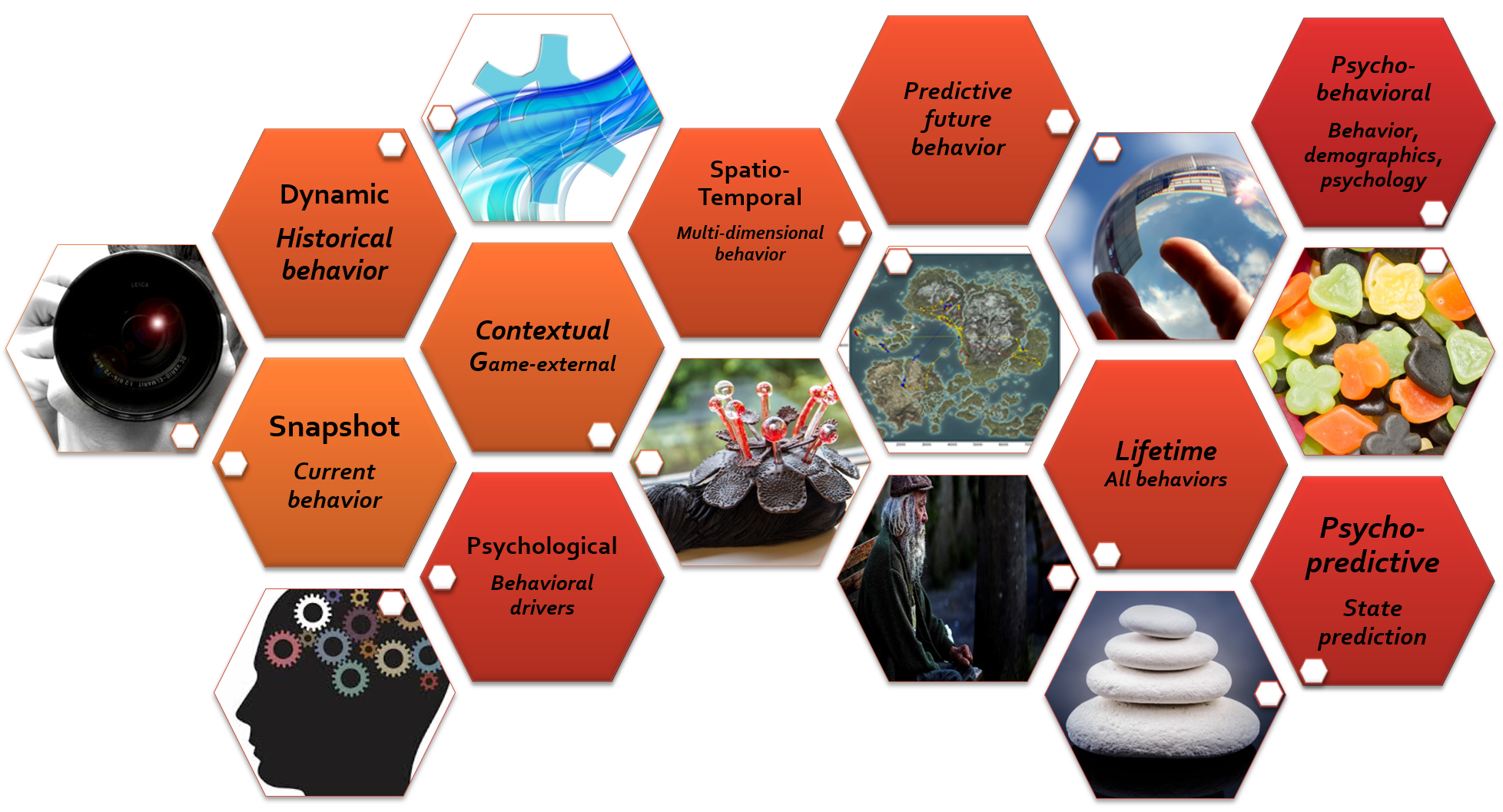Introduction
The gaming industry has witnessed explosive growth in recent years, with millions of players around the world immersing themselves in diverse virtual worlds. As the industry continues to evolve, game developers and publishers are faced with the challenge of not only creating captivating games but also understanding the intricate behavior of their players. This is where systems analysis comes into play, offering a powerful tool for dissecting and comprehending player behavior.
In this blog post, we will explore the concept of systems analysis in the context of the gaming industry. We will discuss what it entails, its applications, and the ways it can help developers and publishers optimize their games, enhance player experiences, and maximize revenue.
Understanding Systems Analysis
Systems analysis is a structured process used to understand and improve complex systems. In the gaming industry, the system under scrutiny is the game itself, along with the ecosystem surrounding it. This ecosystem includes players, their interactions, in-game mechanics, virtual economies, and more.
At its core, systems analysis involves the following key steps:
Data Collection: Gathering data from various sources, such as player interactions, in-game activities, and social interactions. This data can be quantitative (e.g., player scores, time spent in-game) or qualitative (e.g., player feedback, reviews).
Data Analysis: Examining the collected data to identify patterns, trends, and anomalies. This step often involves statistical analysis, data visualization, and machine learning techniques to extract meaningful insights.
Modeling: Creating mathematical models or simulations to represent the game system and player behavior accurately. These models can help predict how changes to the game will impact player engagement and monetization.
Optimization: Using the insights gained from data analysis and modeling to make informed decisions about game design, marketing strategies, and monetization models. Optimization aims to enhance the overall player experience and increase revenue.
Applications of Systems Analysis in Gaming
Now that we have a basic understanding of systems analysis, let’s explore its applications in the gaming industry:
Player Segmentation: Systems analysis can help categorize players based on their behavior, preferences, and engagement levels. This segmentation is valuable for tailoring in-game experiences, marketing campaigns, and offers to specific player groups. For example, casual players may respond better to different incentives than hardcore gamers.
Monetization Strategies: By analyzing player spending patterns and in-game purchases, game developers can refine their monetization strategies. This may involve adjusting pricing, introducing new virtual goods, or optimizing the timing and placement of offers within the game.
Game Balancing: Systems analysis can aid in fine-tuning game balance by identifying overpowered or underutilized game elements. Developers can use this information to make gameplay more engaging and fair, thereby retaining players and reducing churn.
Predictive Analytics: Predictive models built through systems analysis can forecast player behavior. For instance, they can predict when a player might churn or when they are most likely to make an in-game purchase. This foresight enables proactive interventions to retain players and maximize revenue.
Tools and Technologies for Systems Analysis in Gaming
Performing systems analysis in the gaming industry requires a mix of tools and technologies. Here are some essential components:
Data Analytics Platforms: Tools like Google Analytics, Mixpanel, and custom-built dashboards can help collect and analyze player data efficiently.
Machine Learning and AI: Machine learning algorithms can uncover hidden patterns in player behavior, while AI-powered chatbots can enhance player engagement and support.
Game Telemetry: Integrating telemetry systems within games can provide real-time data on player interactions, helping developers make immediate adjustments.
A/B Testing: Experimentation frameworks allow game developers to test different game features or monetization strategies to see which ones yield the best results.
Challenges and Ethical Considerations
While systems analysis offers incredible benefits, it also raises important challenges and ethical considerations. It’s crucial to handle player data responsibly, respecting privacy and ensuring transparency. Additionally, player behavior analysis should not compromise the integrity of the gaming experience by creating pay-to-win scenarios or exploiting addictive tendencies.
Conclusion
In a dynamic and competitive gaming industry, understanding player behavior through systems analysis is a game-changer. By collecting and analyzing data, creating models, and optimizing games based on insights, developers and publishers can create more engaging experiences, retain players, and increase revenue. However, this approach must be carried out responsibly and ethically to maintain player trust and ensure the long-term success of the gaming ecosystem.
As the gaming landscape continues to evolve, systems analysis will remain a powerful tool for those looking to thrive in this exciting and ever-changing industry.



